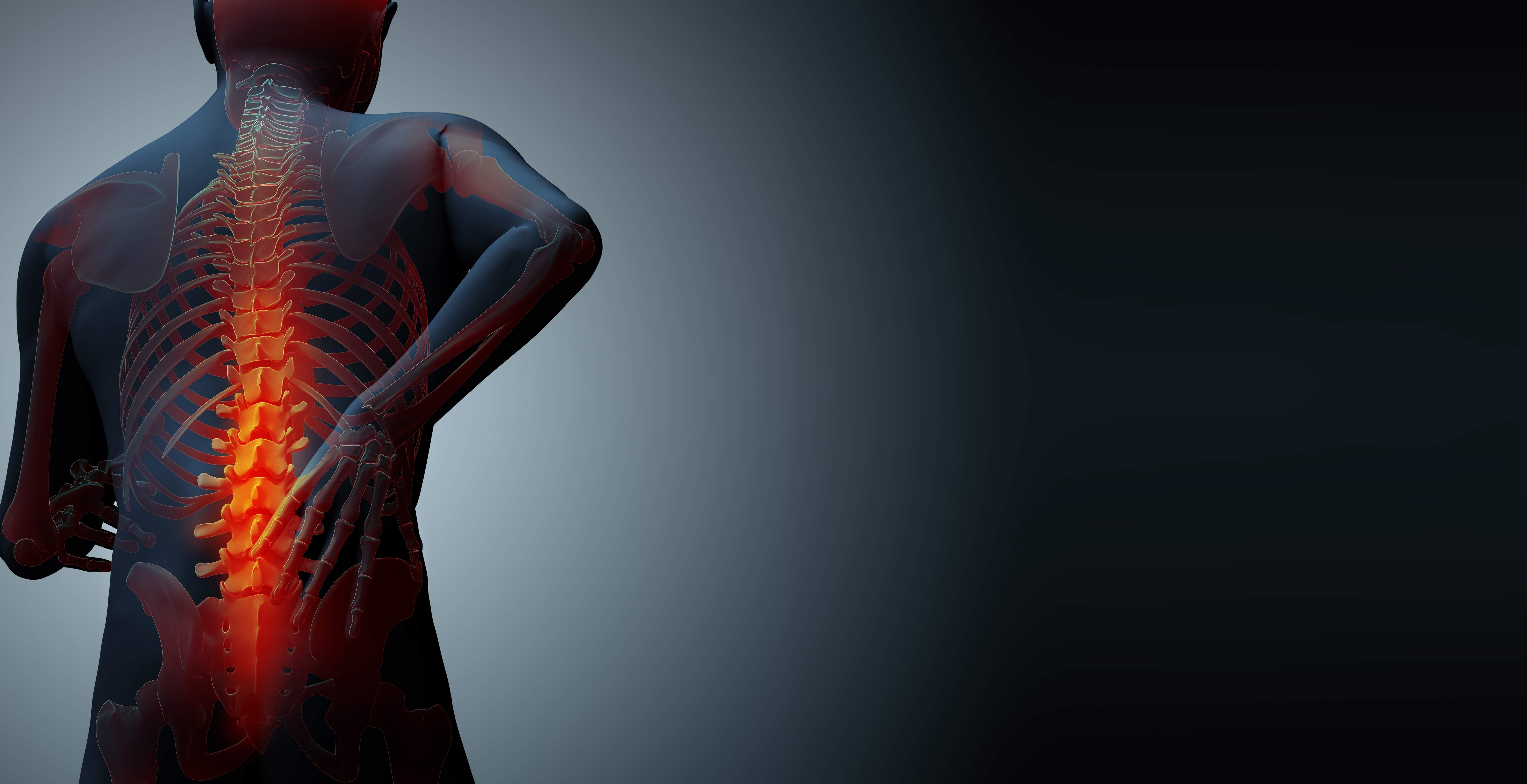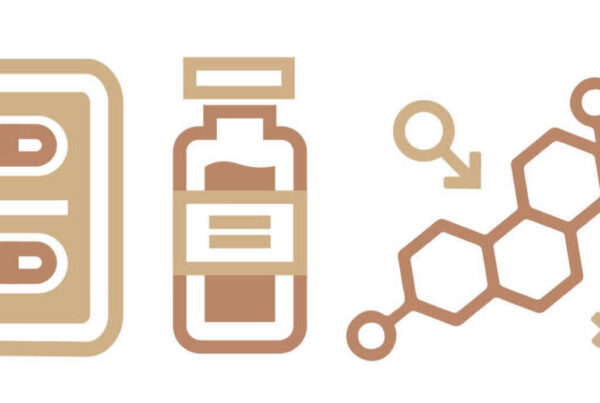Osteoporosis is a common concern for older women. In addition to the general lack of mobility that can result from osteoporosis, this disease – a weakening of the bones that leaves them brittle – can also cause numerous health issues. In cases of severe osteoporosis, even slight movements may result in fractures, which can be especially troubling in older patients who are prone to infection and other related issues.
Osteoporosis occurs when the bones begin to break down faster than new bone can be produced, and while all people can be affected with the disease, those most at risk include white and Asian women. Fortunately, there are things that women who are not yet in their menopausal years – and women beyond those years – can do to reduce their chances of developing the disease as well as lessening its severity if it occurs.
And it is important to realize that proper prevention of osteoporosis does begin at a younger age. Most people reach their optimal bone health when they are in their twenties – after that, it becomes more challenging to keep up with bone loss, with a sharp decline typically occurring around menopausal age. By eating a healthy diet, and especially one that contains numerous strong sources of calcium, women can give their bones the boost that they need to stay strong for the rest of their lives. It is important to remember that proper calcium absorption occurs through eating calcium rich foods – in addition to the commonly touted dairy products, these include dark leafy greens such as spinach.
Exercise is also a crucial factor in bone health – especially exercises that make you carry your weight, such as walking, jogging, and even weightlifting. On the flip side, living a sedentary lifestyle seems to be a particularly high risk factor for the development of osteoporosis. This can be especially problematic for women who find themselves working at a desk or spending a lot of time at home.
Unfortunately for many women, unless a screening is performed, osteoporosis may not be noticeable unless she exhibits some of the symptoms of the disease. These can include pain of the back, typically as a result of fractures, as well as an increased curvature of the spine. Women with osteoporosis also tend to lose height over the time as a result of the disease.
Those who experience menopause earlier than most women or who have a family history of the disease are more prone to developing it than others, and should be especially vigilant when it comes to these and other symptoms. Often, bioidentical hormone replacement therapy is a great option for women who are looking to combat the effects of osteoporosis, as it can help to prevent the development of the disease.
While most women will begin to receive regular screening for osteoporosis around the age of 65, it is important to not wait this long until you begin to take care of your bone health. Osteoporosis is not reversible, so the best treatment overall is to prevent it and to reduce its worsening over time.





